What are the most iconic monuments of different countries around the world?
Ready to explore the world’s most iconic monuments? These awe-inspiring landmarks don’t just capture the essence of a place, they tell the stories of civilizations, cultures, and moments in history.
From the ancient wonders that have withstood the test of time to the stunning modern marvels pushing the limits of design, each monument is a piece of the puzzle that makes our world so unique. Let’s dive in and uncover the history, beauty, and significance of these global treasures.
1. The Eiffel Tower
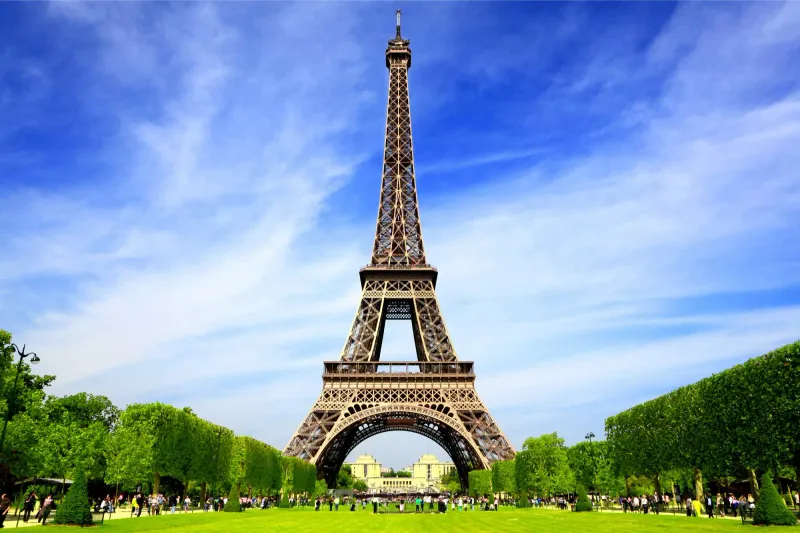
How often do you see the Eiffel Tower in movies? It’s a symbol of romance and elegance in Paris. Built in 1889 for the World’s Fair, this iron structure stands 324 meters tall. Did you know it was once considered an eyesore? Today, millions of visitors flock to its heights for a breathtaking view of the city.
Though the climb is daunting, the vista is unmatched. If you’re planning a visit, consider a picnic at the Champ de Mars. It’s a delightful way to soak in the tower’s grandeur while enjoying a quintessentially Parisian experience.
2. The Great Wall of China
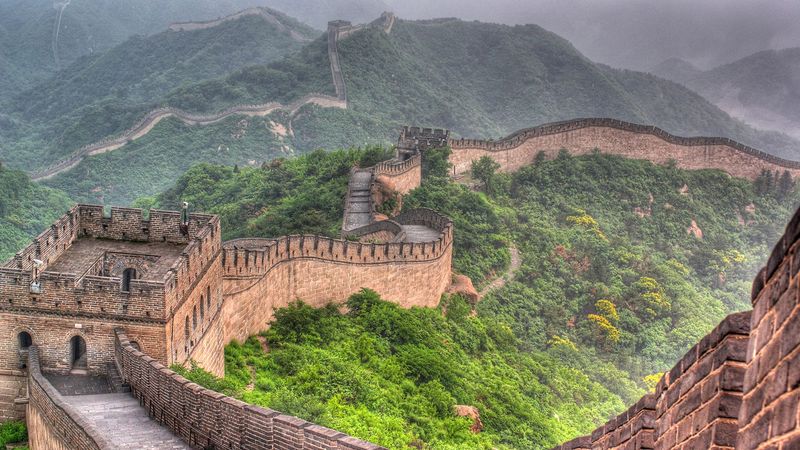
If you ever wondered about human perseverance, look at the Great Wall. Spanning thousands of miles, it’s a testament to ancient Chinese engineering. Construction began in the 7th century BC. Where does it end? The wall snakes through deserts, mountains, and plateaus.
Walking along its path is like stepping back in time. When you visit, wear comfortable shoes. The terrain is uneven, and the journey can be strenuous. However, each step offers a new perspective of history. It’s a reminder of the lengths humans go to protect what they cherish. The view is worth the hike.
3. The Statue of Liberty

This iconic statue stands as a beacon of freedom in New York Harbor. Given by France in 1886, it represents liberty and democracy. Have you ever taken a ferry ride to see her up close? It’s a unique experience. The statue is 93 meters tall, including the pedestal.
Climbing up to the crown offers a stunning view of the city skyline. Though it requires some effort, the reward is unforgettable. Remember to book tickets in advance. This ensures you don’t miss the chance to explore this symbol of hope and opportunity.
4. The Colosseum
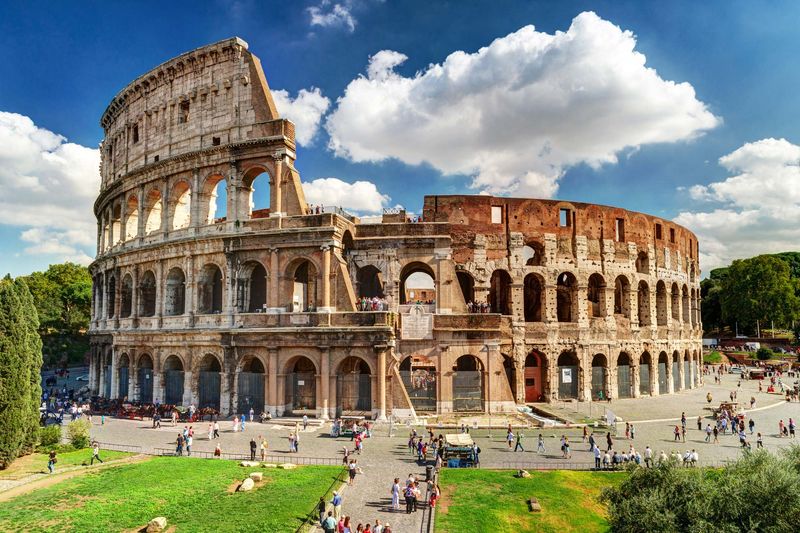
The Colosseum is Rome’s ancient heartbeat. It’s a marvel of Roman engineering. Built in 80 AD, it could hold up to 80,000 spectators. How did they manage such feats without modern technology? The arena hosted gladiator contests and public spectacles.
Today, it stands as a reminder of a once-mighty empire. When visiting, explore the underground passages. They reveal secrets of the games’ logistics. Are you fascinated by history? Then, this monument will captivate your imagination. The tales of bravery and skill are alive in its stone walls.
5. The Pyramids of Giza
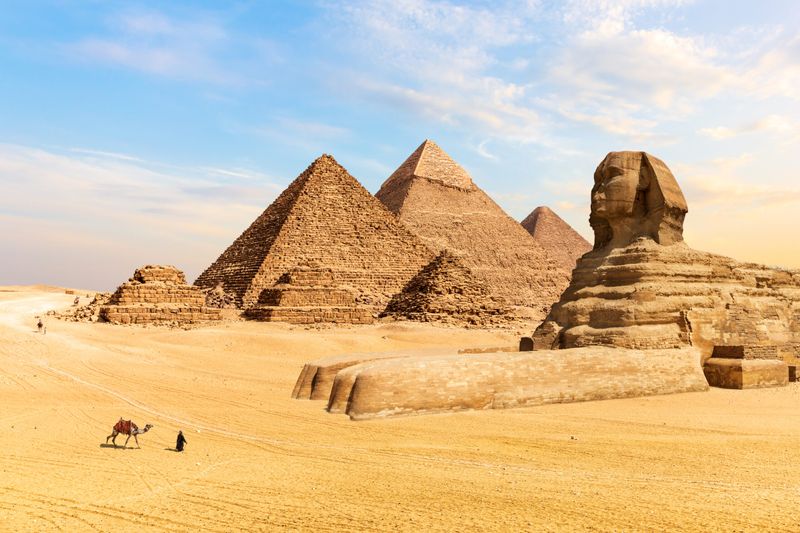
Did you ever dream about the mysteries of ancient Egypt? The Pyramids of Giza are the epitome of ancient wonder. Built as tombs for pharaohs, these structures date back to around 2560 BC. How were they constructed with such precision? It’s a question that intrigues archaeologists to this day.
Standing before them, you’ll feel the weight of history. If you visit, don’t miss the chance to enter the Great Pyramid. It’s an adventure into the past. The air is thick with echoes of ancient rituals and secrets yet to be uncovered.
6. The Taj Mahal
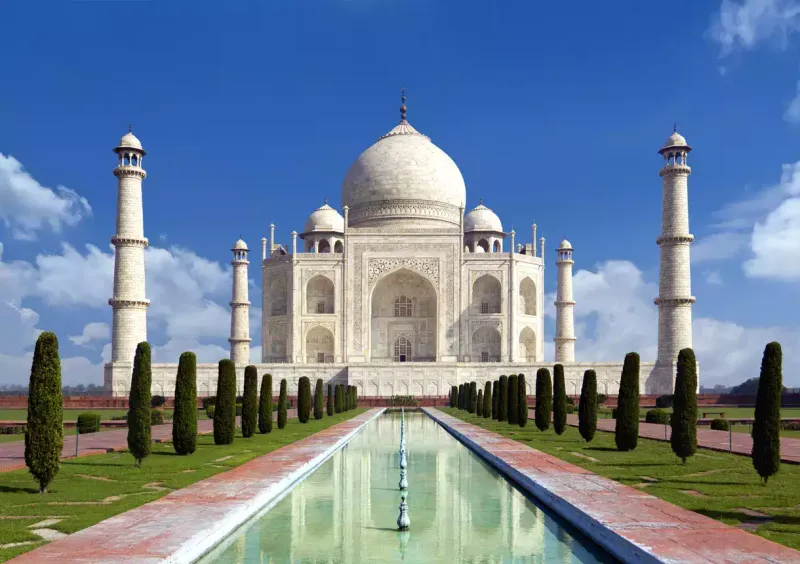
This is a love story etched in marble. The Taj Mahal was built by Emperor Shah Jahan in memory of his wife Mumtaz Mahal. It’s a masterpiece of Mughal architecture, completed in 1643. The white marble shimmers under the sun, changing hues with the day.
Did you know it’s a UNESCO World Heritage Site? The intricate carvings and gemstones are a testament to artistry. Though it attracts crowds, the early morning peace is enchanting. Visit at sunrise for a serene experience, capturing the monument’s ethereal beauty.
7. Machu Picchu
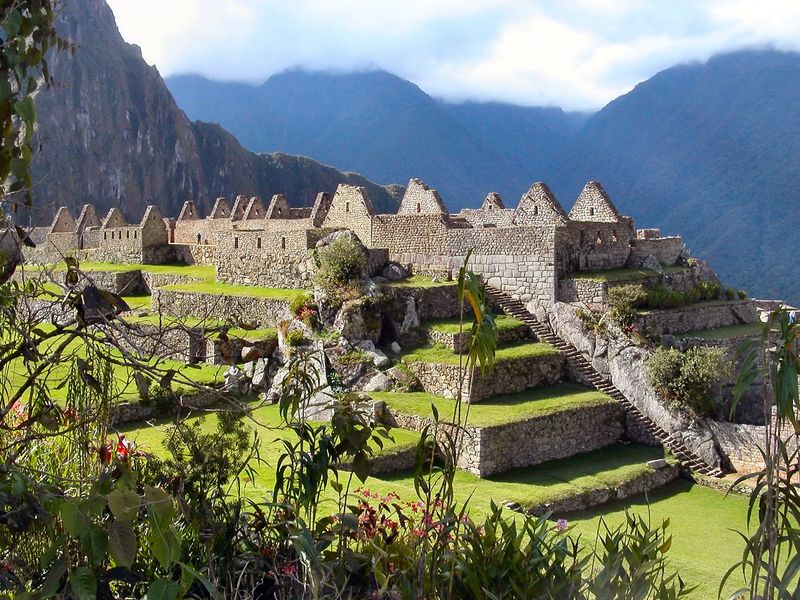
If heights thrill you, Machu Picchu is a dream. Set high in the Andes Mountains, it’s a relic of the Incan Empire. Discovered in 1911, it dates back to the 15th century. The site is a marvel of dry-stone construction.
How did the Incas transport stones up the mountains? Exploring its terraces and temples is a journey through history. Consider hiring a guide. They enrich your visit with tales of the Incas and their way of life. It’s an unforgettable adventure.
8. Stonehenge
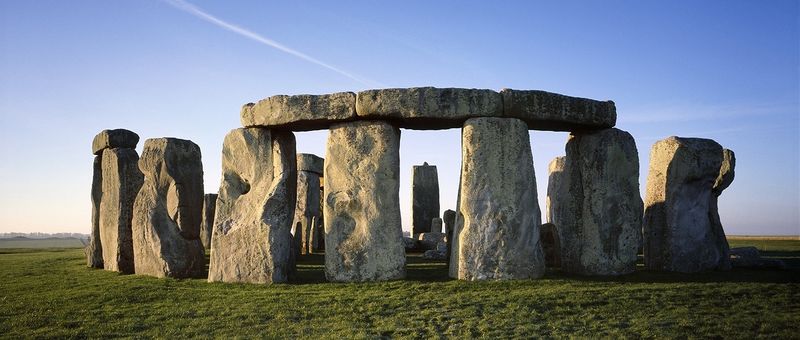
Stonehenge is a prehistoric enigma. It’s a circle of massive stones in southern England. Built between 3000 and 2000 BC, its purpose remains a mystery. Are you intrigued by ancient rituals? Some suggest it was an astronomical calendar or a burial site.
When you stand among the stones, the atmosphere is palpable. It’s a place that invites contemplation. Visit during the summer solstice. The alignment with the sunrise is a sight to behold. Though theories abound, the true story of Stonehenge may never be fully unraveled. It’s a puzzle from the past.
9. Christ the Redeemer
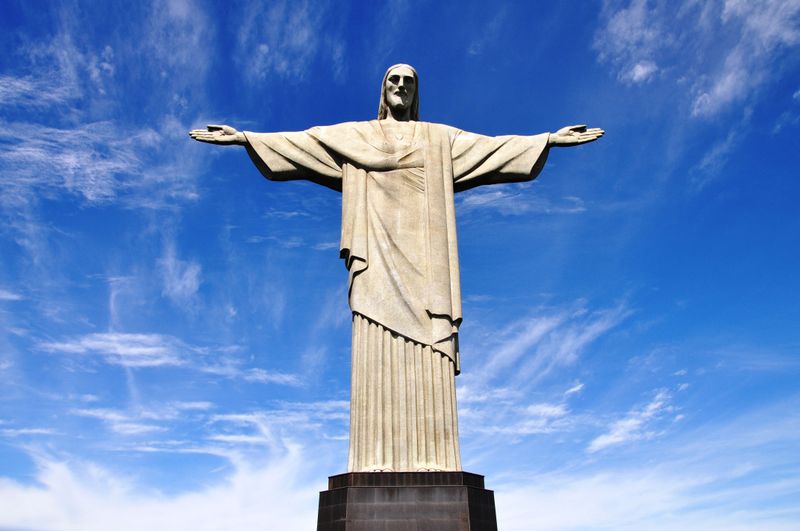
This statue is a symbol of peace standing tall over Rio de Janeiro. Christ the Redeemer sits atop the Corcovado Mountain, offering panoramic views. Completed in 1931, it’s an Art Deco masterpiece. How do you reach the top? A train ride through the Tijuca Forest is part of the charm.
Once there, the city unfolds beneath your feet. The statue’s open arms welcome all. It’s a moment of reflection amid the hustle of the city. It’s a place where nature and spirituality meet in harmony.
10. Sydney Opera House
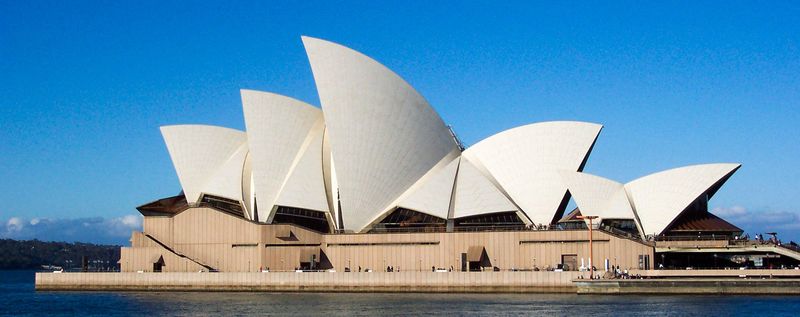
This is Australia’s architectural gem. The Sydney Opera House, with its sail-like design, is a modernist marvel. Opened in 1973, it’s more than an opera house, it’s a cultural icon. Did you know it hosts over 1500 performances annually? The building sits gracefully on Sydney Harbour.
Are you an architecture enthusiast? The blend of form and function is inspiring. Enjoy a performance if time permits. It adds a layer to your experience, connecting you with Australia’s vibrant arts scene.
11. The Acropolis

This ancient citadel is a symbol of classical Greece. The Acropolis, perched on a hill in Athens, includes the Parthenon. Built in the 5th century BC, it’s a tribute to Athena, the goddess of wisdom and war. How do you feel walking where philosophers once pondered? The ruins speak of democracy’s birthplace.
When you visit, the views of Athens are breathtaking. It’s a journey through Greece’s golden age. Did you bring your curiosity? The museum offers insights into ancient life. It’s a place where history and myth intertwine.
12. The Kremlin
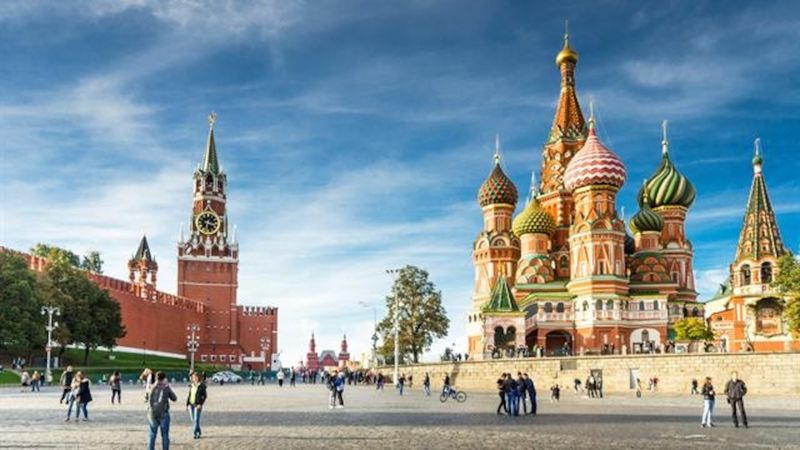
The Kremlin is the heart of Russian politics and history. Situated in Moscow, this fortified complex dates back to the 15th century. It’s home to cathedrals, palaces, and government offices. How often do you get to explore such a blend of history and power? The red brick walls and golden domes are iconic.
This fortress is more than a political hub, it’s a cultural symbol. It’s a place where past and present converge, offering a glimpse into Russia’s soul.
13. The Leaning Tower of Pisa
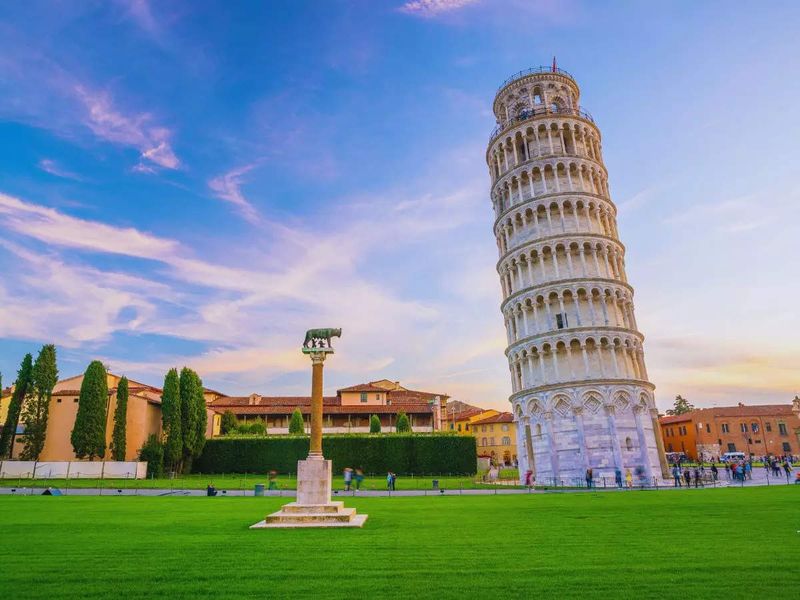
This tower defies gravity. The Leaning Tower of Pisa is a testament to architectural imperfection. Completed in 1372, it began leaning during construction. How did it become such an attraction? The tilt adds to its charm. Despite efforts to stabilize it, the lean persists.
If you’re taking photos, the classic pose is pretending to hold it up. It’s iconic and fun. The surrounding Piazza dei Miracoli is equally enchanting, offering a serene setting to enjoy this unique landmark.
14. Angkor Wat

This is a spiritual journey etched in stone. Angkor Wat, in Cambodia, is the world’s largest religious monument. Built in the early 12th century, it’s a masterpiece of Khmer architecture. How do you feel standing before such grandeur? The temple is adorned with exquisite carvings depicting Hindu mythology.
Though vast, each corner has a story to tell. Guides offer insights into the temple’s history and spirituality. It’s a place where devotion and artistry meet, leaving an indelible impression.
15. Petra
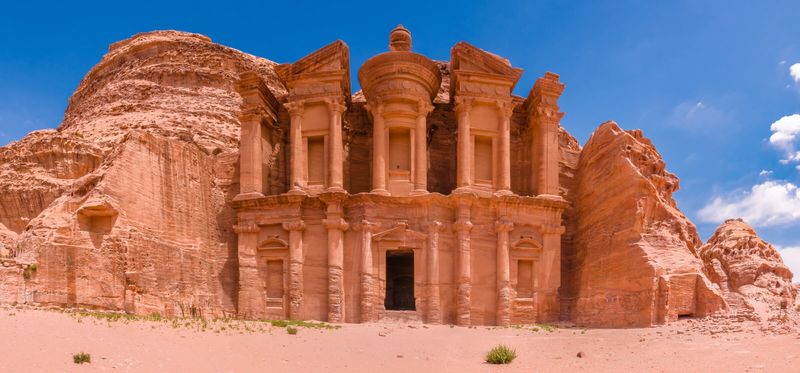
This ancient city is a marvel of engineering. Petra, in Jordan, is carved into rose-red cliffs. Established around the 6th century BC, it was the Nabataean capital. How do you enter? The Siq, a narrow gorge, leads to the iconic Treasury.
The intricate rock-cut architecture is stunning. Though the desert sun is intense, the experience is worth it. Consider a night-time visit. The city glows under candlelight, creating a magical atmosphere. It’s a journey through history sculpted in stone.
16. Mount Rushmore

This monument is an American icon. Mount Rushmore features the faces of four U.S. presidents carved into a mountain in South Dakota. Completed in 1941, it honors Presidents Washington, Jefferson, Roosevelt, and Lincoln. How did they carve such precise features? The granite faces are 18 meters tall.
When visiting, explore the Presidential Trail. It offers closer views and a sense of scale. Though the crowds can be large, the monument’s grandeur is undeniable. It’s a tribute to American history and leadership. The setting in the Black Hills adds to its majesty.
17. The Alhambra
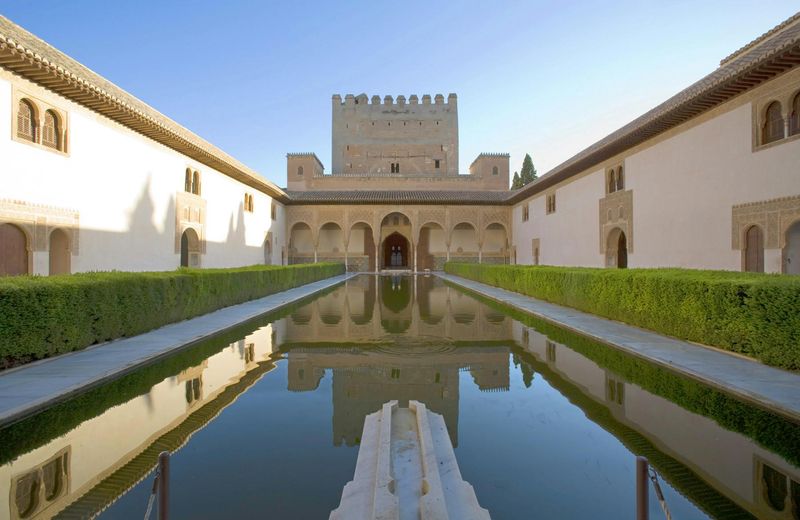
This is a palace that speaks of history’s layers. The Alhambra, in Granada, Spain, is a blend of Islamic and Christian influences. Built in the 13th century, it was the Nasrid dynasty’s stronghold. It’s a place where architecture and art flourish.
Are you enchanted by intricate designs? The palace’s stucco work and gardens are breathtaking. When you visit, don’t miss the Generalife. It’s a haven of tranquility. Though popular, the best time to explore is early morning. It’s quieter, allowing contemplation of the palace’s beauty and the stories it holds.
18. The Palace of Versailles
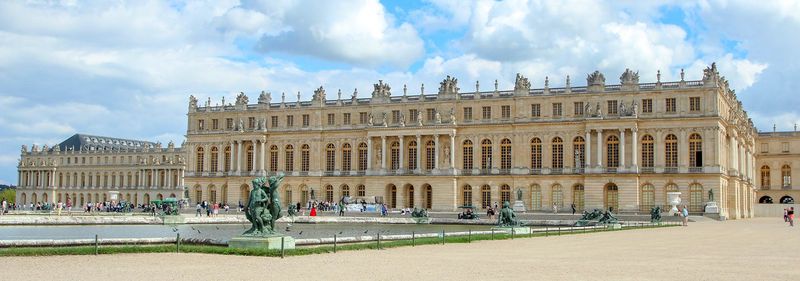
This palace is the epitome of opulence. The Palace of Versailles, near Paris, was the seat of French royalty. Completed in the 17th century, it reflects absolute monarchy’s zenith. How do you feel wandering through opulent halls? The Hall of Mirrors is a highlight.
The palace’s gardens, with their symmetry and fountains, are equally grand. There’s much to explore, from royal chambers to sprawling gardens. Though it speaks of excess, it also offers insight into French history. It’s a glimpse into a world of grandeur and ambition.
19. Neuschwanstein Castle
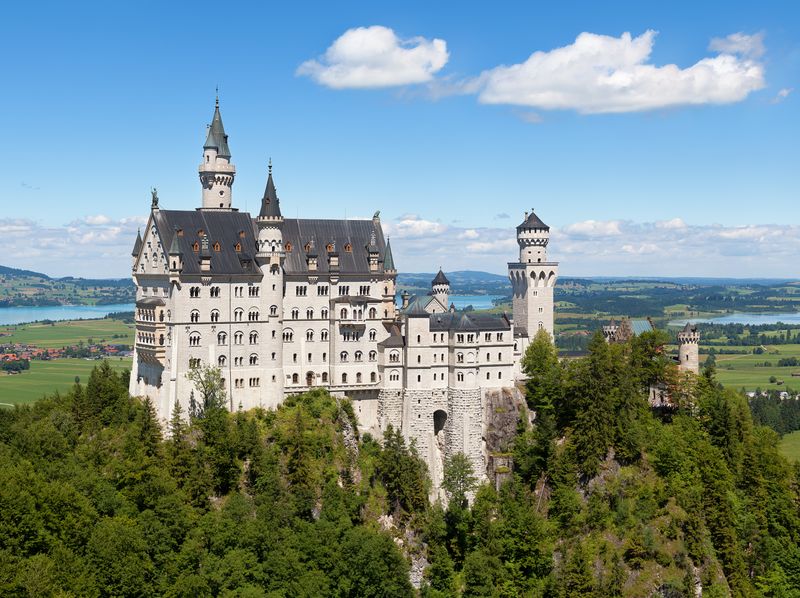
This castle is straight out of a fairy tale. Neuschwanstein Castle, in Bavaria, Germany, was commissioned by King Ludwig II. Completed in the 19th century, it inspired Disney’s Sleeping Beauty Castle. How do you reach this dream-like place? A scenic hike or a horse-drawn carriage.
When you arrive, the panoramic views are enchanting. The castle’s interiors are opulently decorated. Though it resembles medieval castles, it’s a product of romanticism. Visiting feels like stepping into a storybook. It’s a retreat into fantasy and wonder, where imagination knows no bounds.
20. The Burj Khalifa
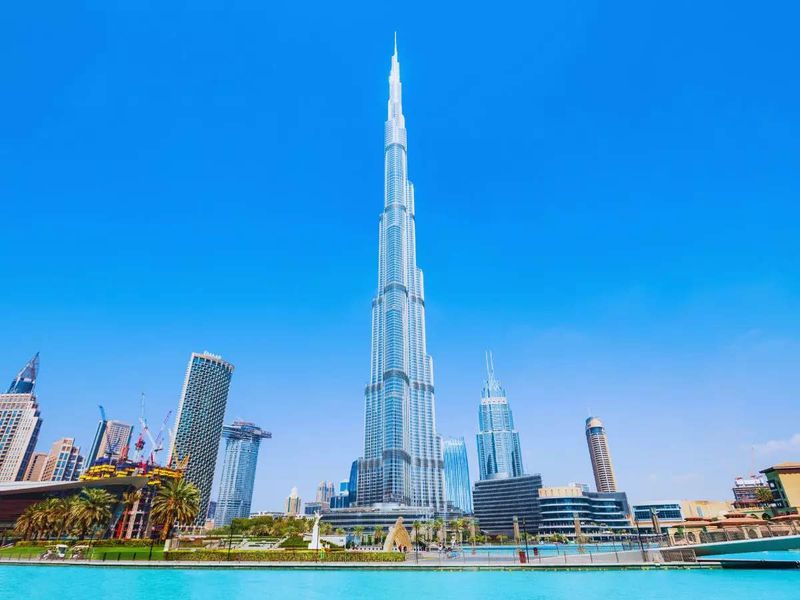
This is the pinnacle of modern engineering. The Burj Khalifa, in Dubai, stands as the world’s tallest building. Completed in 2010, it soars 828 meters. How do you feel at such heights? The views from the observation deck are breathtaking.
Though its height is impressive, the architecture is equally captivating. It’s a symbol of ambition and innovation. The Burj Khalifa is more than a building, it’s a testament to human ingenuity and dreams reaching for the sky.
21. The Sphinx
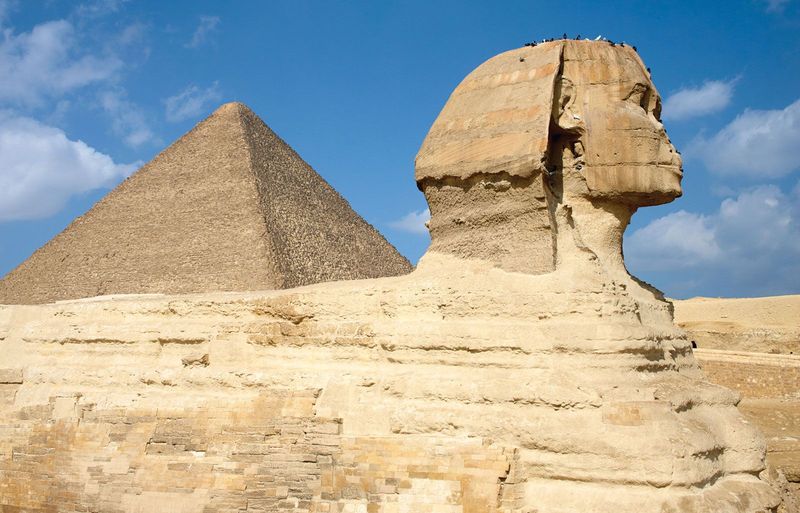
This enigmatic statue guards the Giza plateau. The Sphinx, with a lion’s body and a human head, is shrouded in mystery. Believed to have been built around 2500 BC, its purpose and origins are debated.
How do ancient civilizations create such enduring monuments? When you stand before the Sphinx, its grandeur is overwhelming. Though weathered by time, its presence is commanding.
If visiting, consider a guided tour. Insights into its history and myths enrich the experience. It’s a piece of Egypt’s ancient past, whispering secrets of a bygone era.
22. The Parthenon
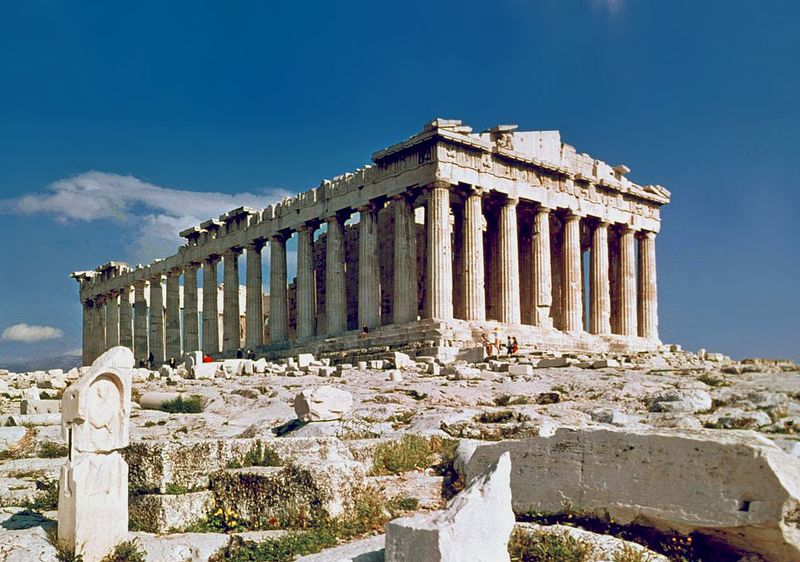
This temple is a beacon of ancient Greece. The Parthenon, on the Acropolis, honors Athena, the city’s patron. Constructed in the 5th century BC, it’s an architectural masterpiece. How do you feel amidst such history? The temple’s proportions and elegance are captivating.
When visiting, the surrounding ruins offer insights into Athens’ glory. Though time has taken its toll, the Parthenon’s spirit endures. It’s a testament to Greece’s cultural and historical influence. Standing here is like communing with the past, where philosophy and art flourished.
23. Sagrada Familia
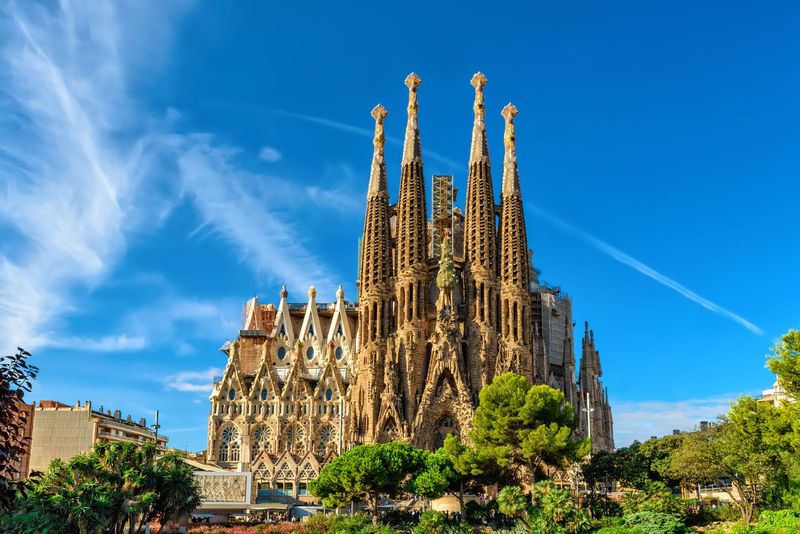
This basilica is a blend of Gothic and Art Nouveau styles. The Sagrada Familia, in Barcelona, is Antoni Gaudí’s masterpiece. Construction began in 1882 and continues today. How do these intricate designs come to life? The facades depict biblical stories.
Colored lights filter through stained glass, creating a serene atmosphere. Though unfinished, the basilica’s beauty is captivating. Consider booking a guided tour. It enriches your understanding of Gaudí’s vision. It’s a place where art, faith, and architecture converge in harmony.
24. Big Ben
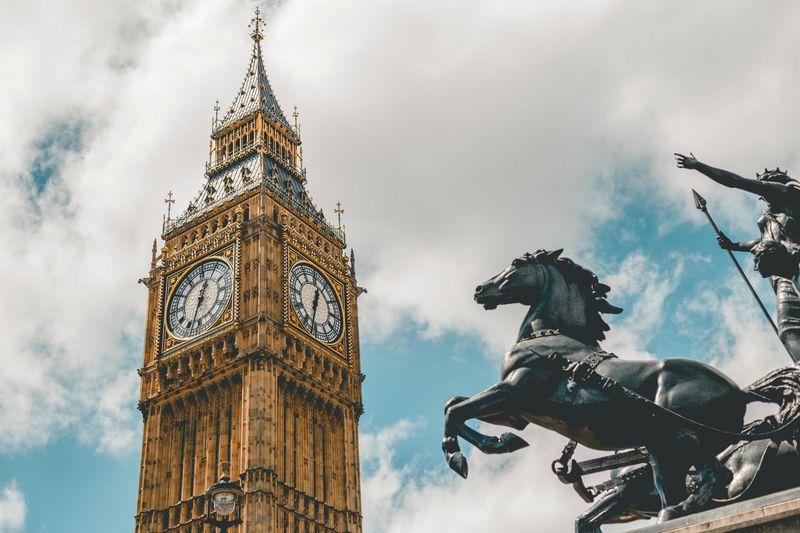
This clock tower is an icon of London. Big Ben is part of the Palace of Westminster. Completed in 1859, its chimes are known worldwide. How do you feel hearing the hour strike? It’s a sound steeped in history. When visiting, admire the Gothic architecture.
The tower, though often referred to as Big Ben, is officially the Elizabeth Tower. It’s a symbol of British resilience. Though you can’t enter the tower, its presence is felt throughout the city. It’s a piece of London’s identity. The river setting adds to its stately charm.
25. The Blue Mosque
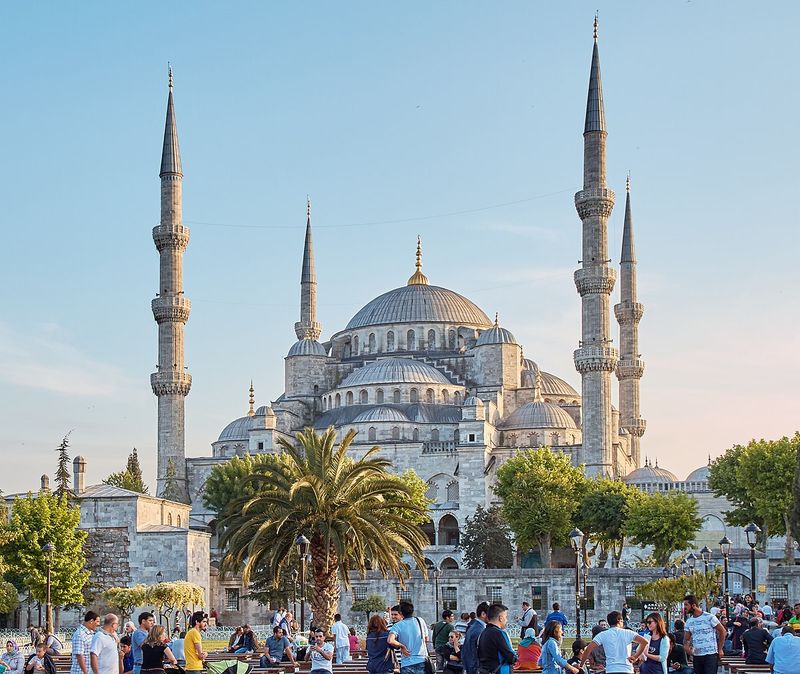
This mosque is a sight to behold. The Blue Mosque, or Sultan Ahmed Mosque, is in Istanbul. Completed in 1616, it’s an architectural triumph. How do you feel entering a place of worship? The interiors are adorned with blue tiles, giving it its name.
Though bustling with visitors, the atmosphere is serene. It’s a place of prayer and reflection. Consider attending during a call to prayer. The experience is profound. The Blue Mosque is a testament to Istanbul’s rich cultural tapestry.
26. The Empire State Building
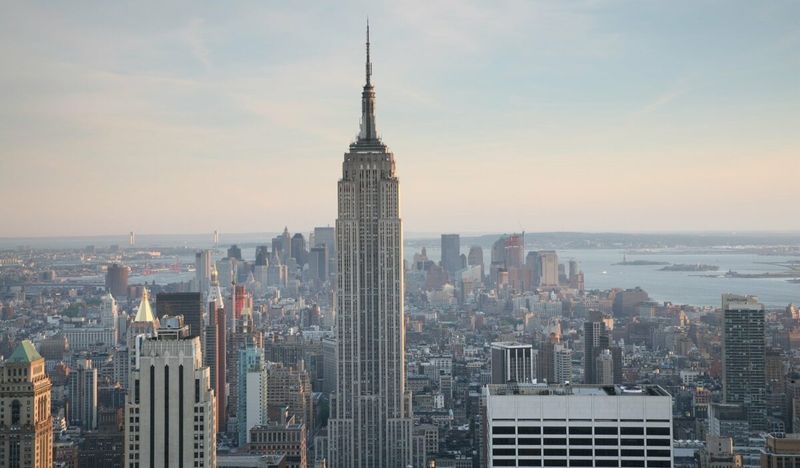
This skyscraper is an icon of New York City. The Empire State Building stands as a symbol of ambition. Completed in 1931, it was the tallest building for over 40 years. How do you feel looking up at its spire? It’s a piece of architectural history.
When visiting, the observation deck offers stunning views of the city. Though crowded, the panorama is worth it. It’s a reminder of human achievement. The building’s art deco design is timeless. It’s a testament to the dreams and spirit of New Yorkers. The cityscape unfolds like a living map.
27. The Forbidden City

This palace is a portal to imperial China. The Forbidden City, in Beijing, was the Chinese emperors’ home for nearly 500 years. Completed in 1420, it’s a UNESCO World Heritage Site. How do you feel walking through its gates? The complex is vast, with elegant courtyards and halls.
When visiting, the Palace Museum offers insights into China’s dynastic history. Though the crowds are thick, the experience is rewarding. It’s a journey through China’s past, filled with intrigue and opulence. The architecture reflects a harmony of space and symbolism.
28. The Crooked House

The Crooked House, located in Sopot, Poland, stands as a testament to whimsical architecture. Its surreal, wavy walls and playful design were inspired by the fairytale illustrations of Jan Marcin Szancer and Per Dahlberg. Built in 2004, this quirky commercial building houses restaurants, shops, and even a radio station.
Visitors often feel as though they’ve stepped into a dream, with the building’s undulating contours and vibrant colors sparking the imagination. It’s a popular spot for both tourists and locals, offering a unique backdrop for photographs. This delightful oddity truly celebrates creativity and architectural innovation.
